Aquaculture drives growth in Malaysia’s aquatic food sector, but reforms needed to ensure sustainability, study concludes
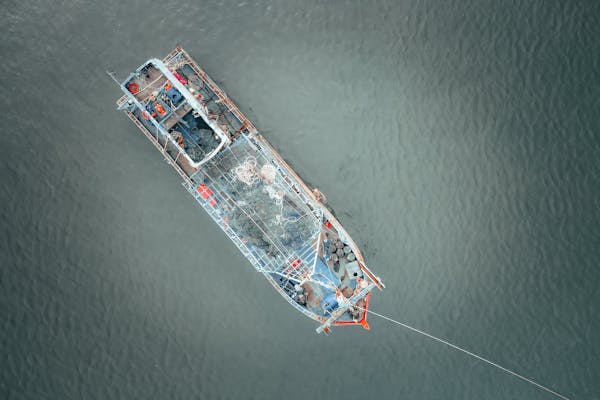
A new study has found that while wild fisheries continue to supply most of Malaysia’s fish, growth has stagnated – and aquaculture is now driving the aquatic food sector’s expansion.
The research, published in Frontiers in Sustainable Food Systems, identifies overfishing, habitat degradation and governance challenges as key pressures on the country’s wild fisheries. In 2022, wild-caught fish accounted for 69 percent of Malaysia’s total fish production, but output has remained flat in recent years. In contrast, aquaculture – including farmed fish, shrimp and seaweed – now contributes nearly 30 percent of production and continues to grow steadily.
Seaweed farming has emerged as the single largest component of Malaysia’s aquaculture sector, accounting for more than half of total farmed output. This low-cost, low-impact practice has quietly evolved into one of the country’s most promising blue economy success stories.
Dr. Cristiano Rossignoli, co-author on the study and research lead at WorldFish, said Malaysia’s aquatic food systems face both risks and opportunities.
“Aquaculture in Malaysia still faces key sustainability challenges,” said Rossignoli. “However, it holds great potential to meet the growing demand for aquatic foods, especially as wild fisheries stagnate. To unlock this potential, smallholders must be supported to adopt sustainable practices.”
The study highlights challenges facing Malaysia’s fisheries and aquaculture sectors, including rising costs, limited access to hatcheries, inadequate cold storage and processing facilities, complex regulatory frameworks and growing environmental vulnerability. Many are being squeezed out of the sector altogether.
Professor Aileen Tan, co-author and director of the Centre for Marine and Coastal Studies at Universiti Sains Malaysia, said the findings underscore the urgent need to adapt to shifting dynamics in the sector.
“This research provides important evidence that Malaysia’s aquatic food sector is undergoing a structural shift,” said Tan. “As wild fish production plateaus, it is essential to strengthen support for sustainable aquaculture, especially for small-scale producers who are key to the sector’s future resilience.”
Malaysia’s fish self-sufficiency rate has declined from 93 percent in 2019 to 90 percent in 2022, even as domestic demand for seafood remains strong. To meet this growing appetite, the country is importing more fish than ever before, raising concerns about long-term food security.
In response, the study calls for reforms to strengthen the sector. Key recommendations include expanding hatchery capacity, improving rural infrastructure and providing greater support for small-scale producers. The authors also emphasize the need for increased investment in research and development to drive innovation, enhance competitiveness and build resilience across Malaysia’s aquatic food systems.
Now that you've reached the end of the article ...
… please consider supporting GSA’s mission to advance responsible seafood practices through education, advocacy and third-party assurances. The Advocate aims to document the evolution of responsible seafood practices and share the expansive knowledge of our vast network of contributors.
By becoming a Global Seafood Alliance member, you’re ensuring that all of the pre-competitive work we do through member benefits, resources and events can continue. Individual membership costs just $50 a year.
Not a GSA member? Join us.
Author
Tagged With
Related Posts
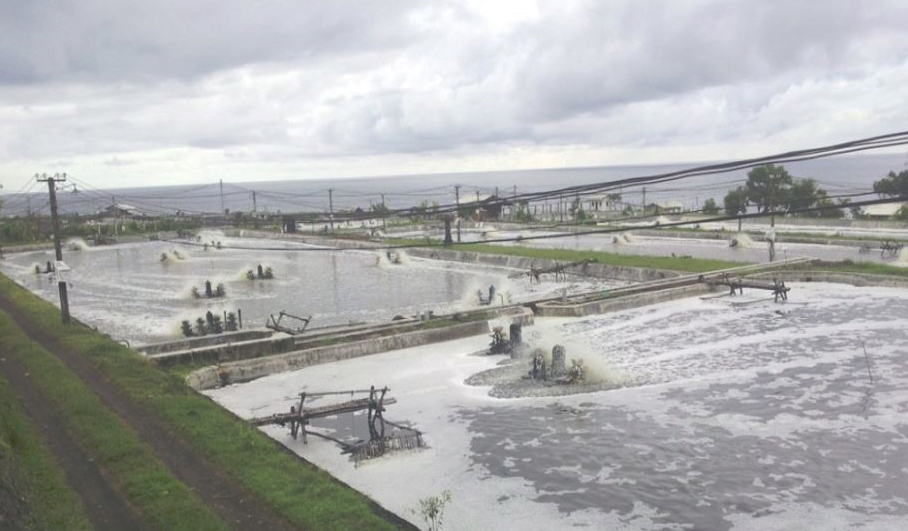
Responsibility
A look at various intensive shrimp farming systems in Asia
The impact of diseases led some Asian shrimp farming countries to develop biofloc and recirculation aquaculture system (RAS) production technologies. Treating incoming water for culture operations and wastewater treatment are biosecurity measures for disease prevention and control.
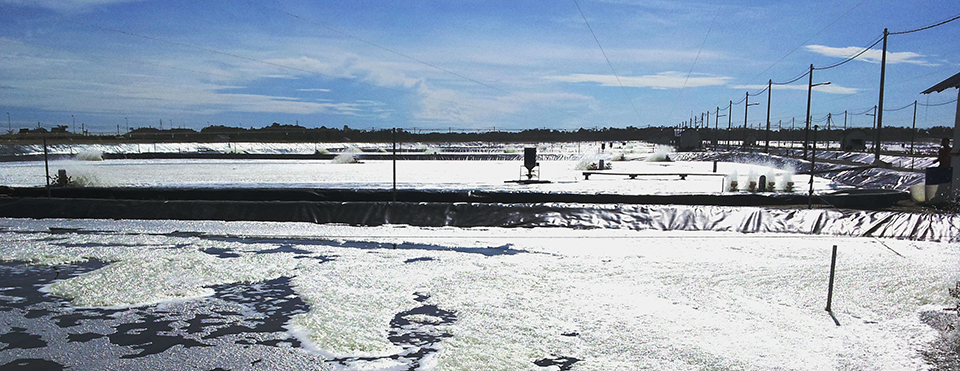
Health & Welfare
Malaysia shrimp project scales up for production in biosecure biofloc modules
A large-scale integrated shrimp aquaculture park (iSHARP) project in Malaysia is approaching completion of its first phase. Biosecurity is a priority at iSHARP. The design of each unit allows individual modules or ponds to be “locked down” to prevent disease from spreading.
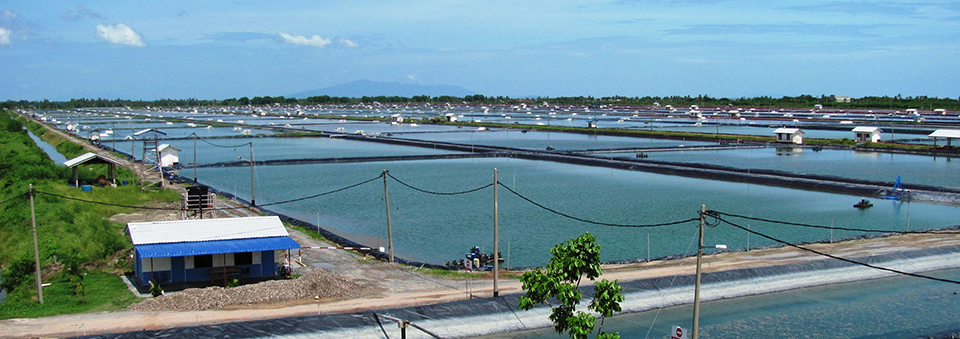
Responsibility
Malaysia shrimp farm redesign successfully combines biosecurity, biofloc technology
Blue Archipelago’s re-engineering of a large shrimp farm to a modular, biosecure facility set a benchmark for future shrimp culture projects in Malaysia.
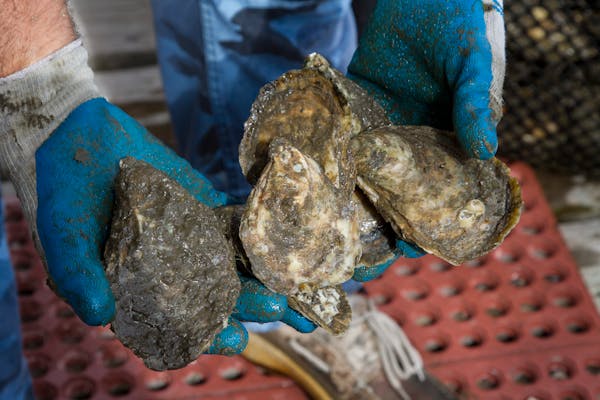
Responsibility
Sustainable mollusk farming project aims to boost food security in Asia
New global research initiative targets more sustainable, resilient mollusk farming in Asia amid climate and food security challenges.



